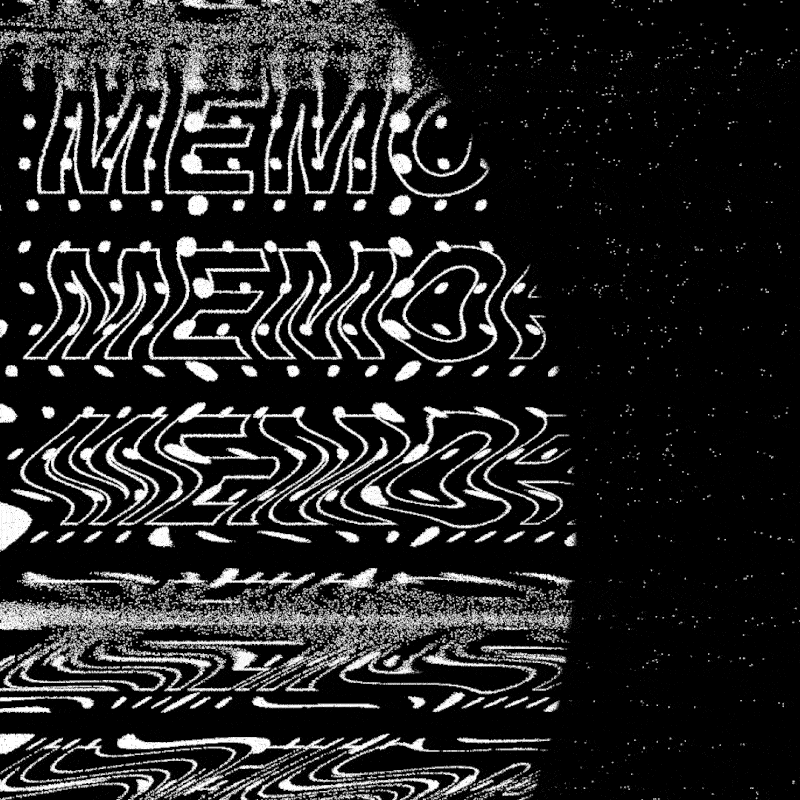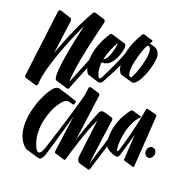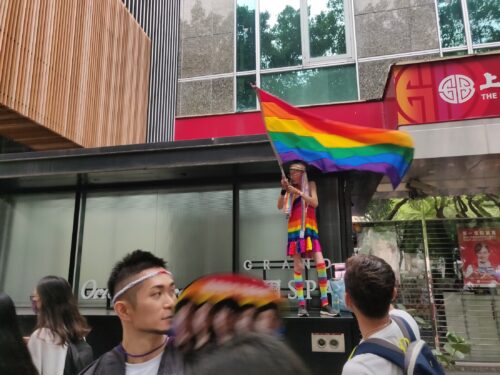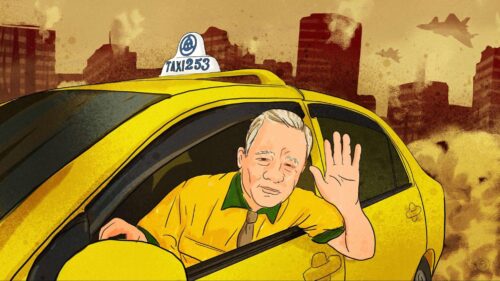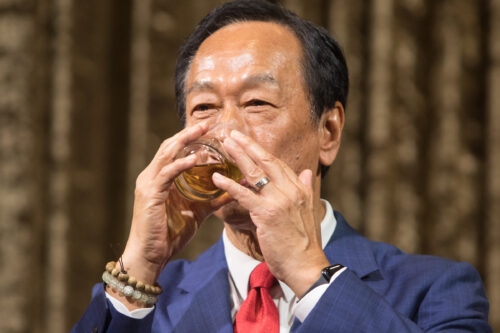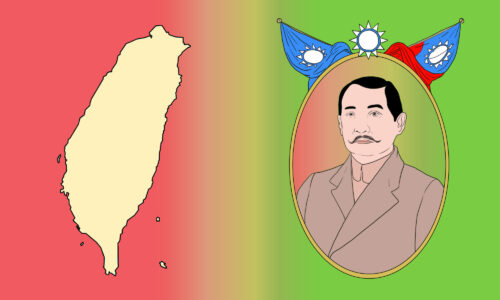Algorithmic bliss
The computer-generated art of Wu Che-Yu
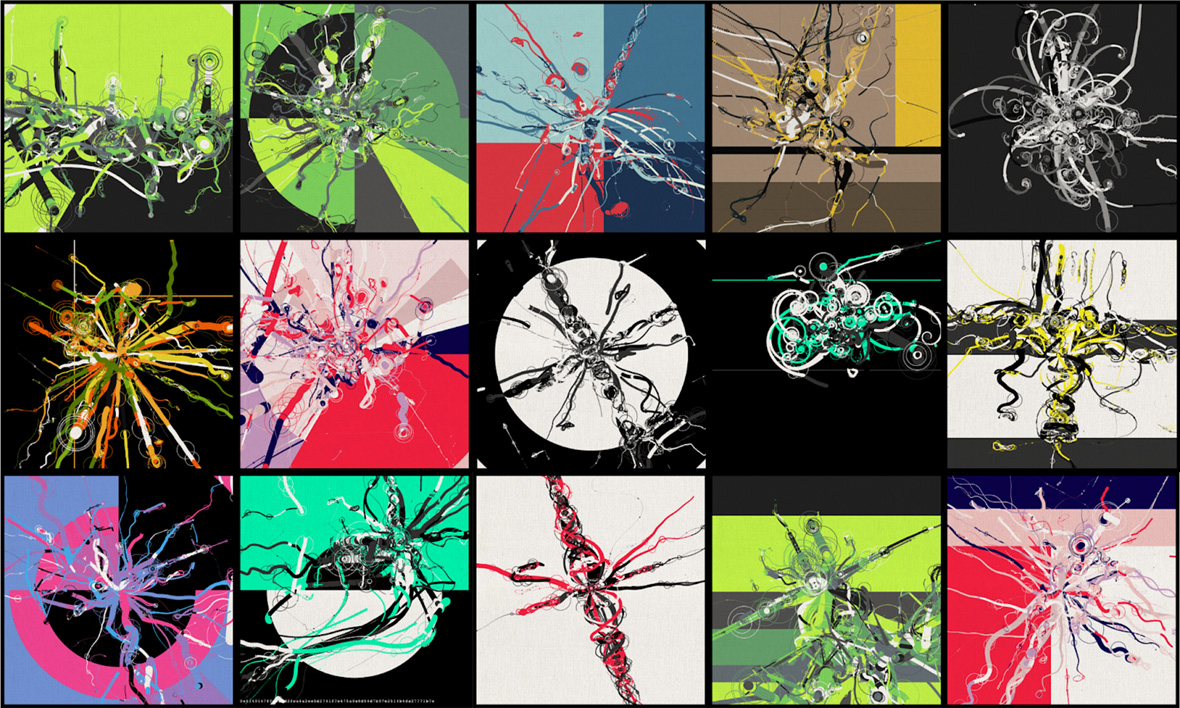
This article was originally published on Neocha and is republished with permission.
What might art created by an algorithm look like? When a human is no longer creating their own art but simply overseeing a machine’s take on their idea, can a creative vision still be achieved with fidelity?
Wu Che-Yu is a Taiwanese new media artist seeking the answers to these questions. Working within the digital ether of 0s and 1s, he approaches art with a playful zeal. Endlessly experimenting and pushing the limits of technology and art, he seeks to uncover the beauty within the chaotic flow of today’s information overload.
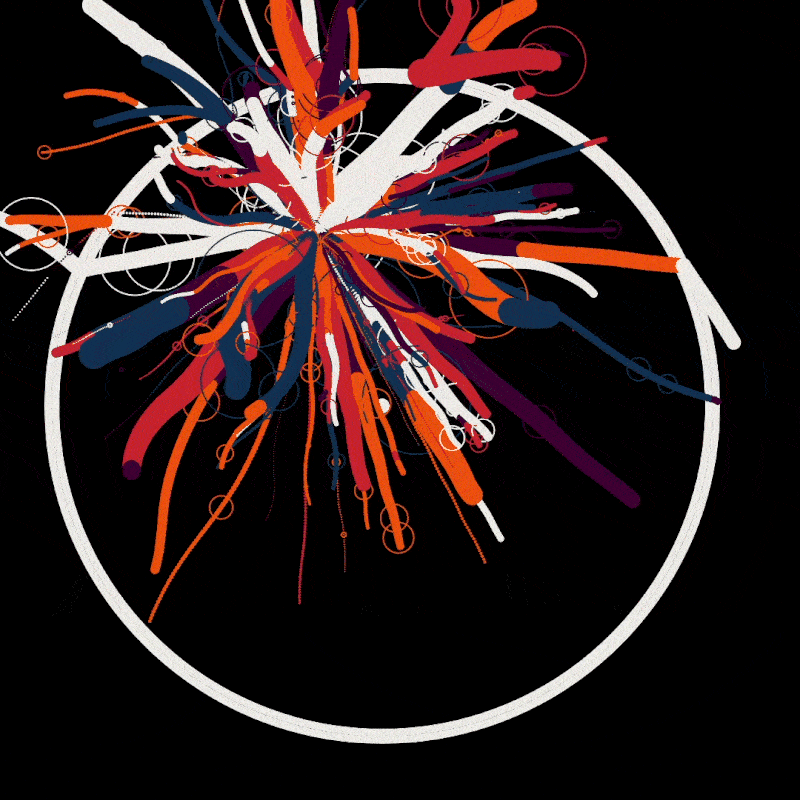

With the right arrangement of code, Wu conjures fantastic scenes blanketed by colors and patterns. Shapes flow and pulsate to their own rhythm, flickering and gyrating with choreographed precision like living organisms. Certain works even respond to a user’s mouse movement, whether it be the speed that the cursor glides across the frame or its position within the frame. Some elements move leisurely, expanding and sliding. Others move with unpredictable impulses, colliding with each other and bouncing off the boundaries of the frame. In some scenes, visuals from real life have even been reimagined in a digital format: birds drawn in geometric colors bounce atop power lines, underwater creatures battle for food and territory within the briny deep, and cloud-like sheep float through the scene. These virtual beings, constructed through code, form a digital ecosystem that seems to thrive.
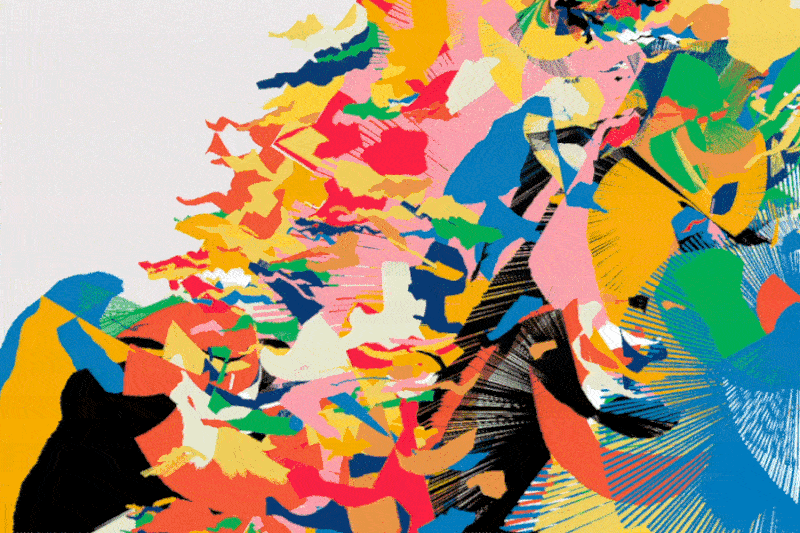


Wu works in the realm of “generative art,” a genre defined as art that’s been created with the use of an autonomous system. By manipulating the perimeters of the code, an artwork can be born from the digital ether. It’s a process that allows for infinite possibilities. The technique can be applied to motion graphics, 3-D art, or even music. The unpredictable results of the medium have been embraced by artists, designers, and even architects—it has also found footing in the NFT space in recent months.
Generative art is hardly a new concept. The term was first coined in the 1960s, and it found a resurgence with the embrace of the Y2K aesthetic. Now, with the proliferation of NFTs and chatter around the Metaverse, the niche art form is making a comeback.
With this renewed interest in the field of generative art, digital artists are again starting to meditate on its potential and how it can contribute to the art world. Computing researcher and artist Jon McCormack proposed a series of questions on the matter. Can human aesthetics be formalized? What can computational generative art tell us about creativity? What future developments would force us to rethink our answers? As more people start considering the boundary between real life and the virtual, the merits of computer-made art are starting to become more obvious to people, including Wu.
We recently caught up with Wu to discuss the implications of artificial intelligence and the development of code-based art.
Neocha: When did you first start working with digital art?
Wu: In elementary school, I was already playing around with Adobe Flash. In middle school, I took part in a digital art competition held by Acer, and I won first prize with an animation I made in PowerPoint—the award was 30,000 NTD. It was incredibly encouraging. In college though, I focused on computer science. I coded web pages after school and ended up collaborating with the Taiwan Metro-Rail System and the Palace Museum on a few projects. After graduating, I started my own design studio. I actually got into generative art because there was so much demand for it, so I wanted to learn. I’ve worked in Processing, TouchDesigner, and more. Even though it was all kind of goal-oriented at first, the exposure to these different mediums helped me gain new skills that I could then apply to my art.

Neocha: What would you consider as the biggest catalysts in your creative and professional life?
Wu: When I make generative art, I work with trigonometric functions, which is very much related to my original field of study—especially now that I’m experimenting with music. It’s curious to see how these two different worlds intersect.
After graduating, I enrolled in the Integrated Design & Media Program at NYU. It was there where I discovered that creative coding was already thriving in the States. My interactions with artists in New York also taught me that there’s a certain intuition that Western artists approach art with, whereas I’ve always been more “rigid” in my art making. It wasn’t easy getting used to it at first. Some friends at the time also told me that my works felt too logical and stiff, and that it lacked a certain artistic spirit. I didn’t really heed their opinions. I thought that great art can still be made with a cerebral and structured approach, so I stayed the course.
I wanted to get a job at the university so I could get my social security number. I applied as a UX designer at the school’s IT department, but I didn’t hear back. Fortunately, I saw that they were hiring for a teacher’s aid position at the time. I thought it could be interesting and sent my resume in. I was hired. I learned a lot working as a TA. At the time, I felt like education was truly a magical thing, and that being able to nourish minds was such a tremendous achievement. I started designing some curriculums of my own at the time and had great feedback. That’s when I started to become interested in helping cultivate a new generation of artists.

Neocha: Considering how closely you work with algorithms and computers, how has your view of the relationship between humans and machines changed over the years?
Wu: In general, the rise of machines and AI will “devalue” humans to a certain extent, as can already be seen with mechanized labor and the automation of data processing. As far as art is concerned, I don’t think machines can replace the human touch. Even though there’s AI that can generate art on its own, the value of a piece of art—in my opinion—is that it encapsulates a human’s subjective view of the world. The art I make, for example, is directly influenced by my personal stories and state of mind. I think such ideas cannot be reproduced by machines and neural networks. In other words, I don’t believe human aesthetics can be formalized.
If I had to guess, society will also adapt to this age of AIs. Similar to how it plays out in science fiction, there will be certain people who will control the AI, perhaps somewhere close to 20% of the total population. These will be the most intelligent people who will continue to work alongside AI and inject their output with human warmth and an artistic touch. We’re already using AI as a tool today. With my art, AI is a tool that helps me achieve my vision.
I’ll write the program and compile the code, which might churn out somewhere between 10 to 50 different images. I curate from those, discarding the rest—this part alone is something that only humans can do. Real experiences drive my art. For example, sometimes I might create based on a feeling of dejection in my art. Or a memory of a fantastic date might inspire me to make something. Confusion and uncertainty can also spark an idea for an artwork. The movement of the elements within my art, the colors, the particles that appear and how they split apart, and the speed that everything move at are all based on my personal emotions. Machines don’t experience that—they’re too perfect. Humans, however, are flawed creatures and good art can come from these flaws.
Neocha: Where do you find inspiration from?
Wu: In the beginning, I didn’t have a system for my art. It was just random ideas. I then started to approach it with a more traditional perspective, drawing from observations or experiences from my daily life, such as is the case with Pigeons on a Power Pole. That was just a scene I came across while walking and decided to reinterpret in my art. Some of my other works are inspired by science and physics, such as my works based on wave-particle duality or superstring theory. I’m really interested in turning mathematical or scientific theories into something visual—there’s a certain romance to it.


Neocha: Do you ever feel creatively exhausted? Are there moments where you suddenly feel like it’s tough to keep going?
Wu: It’s not always easy, but good art requires a lot of effort. After years of toiling, I believe I can now engage in honest dialogue with my art. Once I come up with an idea and have a preliminary sketch in place, I can start working on the creative nitty-gritty right away. The technique is important, and it’s something I’ve honed by coding day in and day out. The rules I apply to my coding is something that follows me into my artistic endeavors, and it’s an aspect that defines my personal style.
Neocha: What would you say some of the most important technical parts of your work are?
Wu: There are a few, and they’re apparent in my work. Some of the philosophies I work around are that uncertainty and bedlam can be valuable in the creation of multidimensional works. For example, having offset coordinates in my code can give the works that much more motion. Color is also important. Using color contrasts for visual impact is a big part of my creative process. For example, a lot of blues might suddenly give way to a lot of reds in one of my scenes. Layering is also something I take into consideration, both with colors and textures. Unexpected color or texture pairings can lend to some eye-popping results. These are all criteria I think about when I design or analyze my art.
Neocha: There’s a large amount of abstract elements in your works. Are abstract painters a source of influence?
Wu: Definitely. Picasso or Piet Mondrian are artists that first come to mind. The ways they use lines and colors on flat surfaces are incredibly inspiring. Generative art is, in some ways, mimicking Picasso’s way of working in my opinion. I also think that generative art is sometimes more impressionistic in nature—through seeing something, interpreting certain tones, and using an algorithm to hash out the details to convey a certain concept feels a bit poetic to me. With that being said, I feel like generative art is contemporary at its core. It’s an art style defined by freedom.
Neocha: Your art has found traction in the art sphere with the rise of NFTs. What do you think the merits of NFTs are?
Wu: It’s liberating, and it’s lowered the entry barrier to art by a lot. Though that may be the case, to truly stand out as an artist, I think people need to have clarity on what concepts matter. Who are the people you’re making the art for? What is the story you’re looking to tell? Without a story, there’s no substance.
Personal style and nourishing a creative environment are also important in the creative sphere. NFT is helping on both fronts. I also really admire the immutable nature of the blockchain, which legitimizes ownership and can allow for digital property to have limited availability.

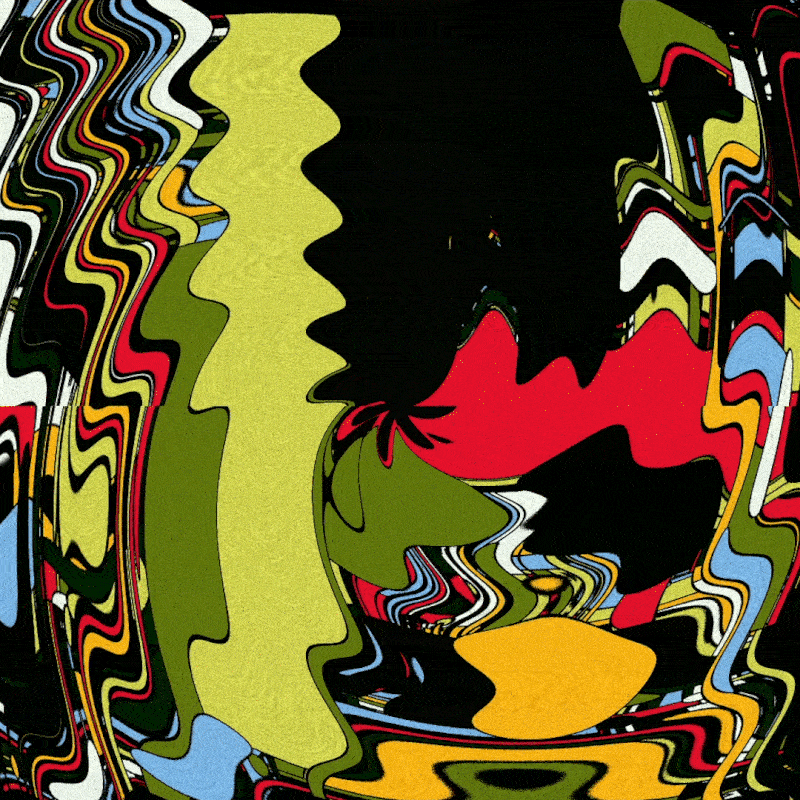
Neocha: For those who aren’t familiar with your work, can you introduce a few of your projects?
Wu: One of my projects is a series called CryptoPochi. It was a remake of an earlier project, but I turned it into something more interactive. They’re strip-shaped characters that bounce and flop around. A lot of the patterns I ended up using were actually randomized by a computer. I used the project to crowdfund money for one of my friends who was diagnosed with terminal cancer.
My best-known series is a project titled Sea Hams, but an NFT collective actually stole my code for Strange Robots and launched a NFT series that went viral on Art Blocks, a site that’s known for its high-quality NFT curation. After I found out about the theft, I spoke to the people at Art Blocks and they helped me deal with the matter. The community was livid. Art Blocks immediately credited me as the original artist, and banned the plagiarizers. Artists bought Sea Ham NFTs from me to show support, and that somehow turned my Sea Hams into the Art Blocks mascot. I became known as the “Hamfather,” and we started a community called “The Hamily.” The incident somehow ended up landing me a spot in the Art Blocks of Hall of Fame.
Neocha: Looking back, how much do you think your success has been factored by luck?
Wu: I’m definitely fortunate. Luck and ability are closely related though haha. I think putting in the effort is a big part of it. Strange Robots, for example, was a series that I worked on every day. Even though there was no interest when I first minted it on Art Blocks.
Art Blocks is a platform that made me who I am, so I’m motivated to give back. Plagiarism is unfortunate but the incident actually helped me find a bigger audience, so I consider myself lucky! I realize I need to leverage my luck by putting in even more effort so that I can keep the momentum going. I want to get my work in front of even more eyes and become a better artist and coder. With enough hard work, I won’t have to worry about falling out of favor. Technology is everchanging after all.
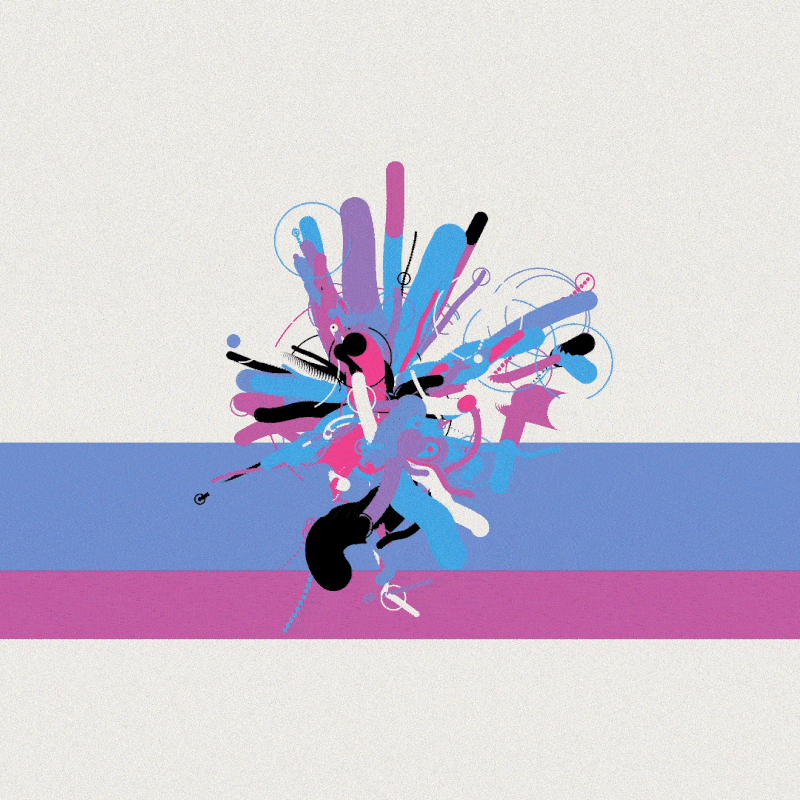
Neocha: The NFT market and crypto are still very much volatile. What are your views on the future of crypto?
Wu: I consider them as viable financial instruments. As long as people support crypto, my art will have value. Normal currency is propped up by governments, so what’s the difference?
In fact, with how blockchain technology works, I’m even more assured about my work. I’m also not super concerned about profitability at this stage. I just want to keep doing what I love.
Neocha: As an established name in Taiwan’s digital art sphere, do you have any advice for young artists who may be interested in getting into the field?
Wu: My advice is for them to experience as much as they can, chase after what they’re truly passionate about. The experiences and stories that come as a result can turn into the most meaningful art. Once you have these roots, you can develop your own system. Having a bit of luck also helps.
I once met this impressive girl who believed in getting everything done herself. She wasn’t afraid of putting in the work and seized every opportunity. Artists need the courage to just put themselves out there.
Neocha: Do you think Taiwan is behind the curve when it comes to the digital art space? What’s your current assessment of the digital art scene on the island?
Wu: There are a lot of burgeoning platforms here, for example, akaSwap and Oursong. There are also a lot of fantastic artists on the island, such as Aluan Wang. I only wanted to get started in the field after reading his blog—he was the first Taiwanese artist who was featured on Art Blocks.
I have to admit though, the Taiwanese NFT platform is lagging behind. For example, most collectors here aren’t quite willing to pay the amount being paid out by international buyers. Perhaps the Taiwanese market isn’t quite ready for something so new yet. Regardless, I still see a bright future for NFTs.
In December of 2021, Wu started a DAO (Decentralized Autonomous Organization), which are member-owned communities dedicated to specific goals He named it FAB DAO (The Formosa Art Bank DAO) and envision it as a way of helping up-and-coming Taiwanese artists. Its goal is to leverage web 3.0 to help lesser-known artists get in front of bigger audiences. The charitable potential of art is something that Wu has learned from Art Blocks, which requests a percentage of art sales to go to charity. Wu wasn’t able to find a suitable art-based charity in Taiwan, so he had the idea to start his own. Like Art Blocks, he hopes to empower the creative community with the blockchain.
With NFTs and the promises of a coming metaverse, an art renaissance is underway. As more artists find footing in the digital world, they’ll unlock creative potentials once not imaginable. And through these newfound mediums, art can perhaps become even more accessible than it is now, allowing for more people to enjoy the fruits of more artists’ labor.
Like this story? Follow Neocha on Facebook and Instagram.
Website: www.cheyuwu.com
Instagram: @bosscodingplease
Foundation: @cheyuwu
Contributor: Senki Yu
